To bake or not to bake? Personally, I prefer “unbaking” (preparing raw/frozen treats) to baking, since I often tend to substitute common ingredients used in baked goods such as all-purpose flour, butter, and sugar with more nutritious alternatives. If you’ve ever baked before, you know that baking is science and chemistry, which is why you need to be very precise with the type and amount of ingredients used to get the desired reactions. All that being said, I gotta admit I can hardly resist a light and pillowy slice of freshly baked cake!
So, on rare occasions when I do bake, I try to come up with recipes that include more wholesome and nourishing ingredients, which I will get to in a bit.
Instead of refined or whole wheat flour, I prefer to use gluten-free alternatives such as buckwheat, coconut, almond, oat, or brown rice flour. If you’re wondering why these flours are my favorites, I will explain the health benefits of each briefly below, so keep on reading!
Buckwheat Flour:
Despite the name, buckwheat is a gluten-free seed, unrelated to wheat, and in fact part of the rhubarb family. Unlike grains, buckwheat is high in protein, with the protein being “complete”. That means it includes all the eight essential amino acids that our bodies can’t produce. It also is a good source of manganese, copper, magnesium, dietary fiber, phosphorus, and flavonoids.
Coconut Flour:
Coconut flour is made from dried and ground coconut meat. It’s high in fiber, protein, and healthy fats, and low in sugar, with a fairly low glycemic index. That means consuming coconut flour will not affect your blood sugar levels so much, helping you stay full, focused, and energized.
Almond flour:
Almond flour is another one of my favorites made from finely ground almonds, which yields great results in gluten-free baking. It’s high in vitamin E, biotin, manganese, magnesium, molybdenum, fiber, and healthy fats to name a few. However, it’s best to limit your consumption of almond flour and try not to have it so frequently for a couple of reasons.
First, you gotta be mindful of how much almond you are getting in your diet from different sources! For instance, if you’re having almond butter, almond milk, almond granola, and almonds as a snack daily, then it’s probably a good idea to use a different type of flour for your baking needs. As the saying goes, you can’t have too much of a good thing!
My second concern is due to the high levels of anti-nutrients in nuts and seeds in general. Anti-nutrients such as phytic acid and enzyme inhibitors not only cause bloating and digestive upset by blocking enzymes required to digest food, but also bind to minerals and prevent us from properly absorbing the nutrients in our meals. Soaking and sprouting help remove some of these anti-nutrients making them easier for us to digest and assimilate. However, the almonds in store-bought flours are not pre-soaked and dehydrated, so it’s best to use them in moderation.
Oat Flour:
Oat flour and oats, in general, are technically gluten-free, but most often they’re contaminated with gluten grains, which is why those with gluten sensitivities can sometimes react to them. If that’s the case, make sure to purchase oats that are labeled as “gluten-free”. But not only is oat flour gluten-free, it’s also loaded with nutrients such as B vitamins, manganese, molybdenum, phosphorus, zinc, fiber, and protein. It can help calm the nervous system, lower total and “bad” cholesterol, stabilize blood sugar, reduce blood pressure, and the risk of heart disease.
You can either purchase oat flour from health food stores or make your own by putting dried oats into a coffee grinder or blender and using the pulse setting to chop them into a fine powder. 1 and 1/4 cups of rolled or steel-cut oats yield 1 cup of oat flour.
Brown Rice Flour:
Brown rice flour is another great alternative for regular wheat flour in gluten-free baking. It’s high in protein, fiber, B vitamins, manganese, selenium, phosphorus, and magnesium. It has a stronger, nuttier flavor than conventional wheat flour and works well in brownies, cookies, pancakes, and other baked goods. Similar to the aforementioned substitutes, brown rice flour behaves differently from conventional wheat flour in baking and it’s usually best to use a mixture of gluten-free flours than rather than one by itself.
Other Ingredients:Now that we discussed some healthier flour substitutes, let’s talk about some other typical baking ingredients that could be “healthified”!
There are various baked good recipes that use coconut sugar, blackstrap molasses, pure maple syrup, coconut nectar, raw honey, dates, stevia, or brown rice syrup instead of white or brown sugar. These are much better options since they have not been heavily processed and still include a variety of nutrients such as minerals, vitamins, antioxidants, and in some cases enzymes. Moreover, they have a lower glycemic index than white sugar, which means they don’t spike blood sugar as much.
Instead of regular butter, I prefer to use unrefined cold-pressed coconut oil, organic grass-fed ghee, or extra-virgin olive oil; and plant-based milk or cream in lieu of regular dairy.
Lesson Learned: It’s best not to swap ingredients when baking!
Some of these substitutions can be done seamlessly. For instance, you can substitute white or brown sugar with coconut sugar without any problems, and the only difference is that your cake will be quite darker in color. However, if you try to use coconut flour instead of all-purpose flour for example, not only do you need to modify the amounts, but you also have to add/reduce other ingredients in the mix. So it’s best to use new recipes that include your favorite ingredients rather than trying to modify traditional recipes to suit your preferences.
That’s why I wanted to share with you this zesty, moist, and fragrant Orange Spice Olive Oil Cake, made with a mix of buckwheat and coconut flour, coconut sugar, and extra-virgin olive oil that came out so perfect I had to resist not finishing the whole thing in one sitting! If you’re a fan of gluten-free baking you should also check out my GF Plum Cake made with buckwheat and almond flour, which is another one of my all time favorites.
Hope you enjoy this recipe! Be sure to tag me @nutriholist #nutriholist on Instagram or Facebook if you try it out so I can see and share your photos.
Orange Spice Olive Oil Cake Recipe
Ingredients
- 1/2 cup raisins (could use chopped dried apricots or other dried fruits if desired)
- 2 tablespoons rum or orange juice
- 1/2 cup extra-virgin olive oil
- 1/3 cup coconut sugar
- 3 pastured eggs {See Notes for Vegan Version}
- Zest of 1 orange
- 2 teaspoons vanilla extract
- 1/2 cup buckwheat flour
- 1 tablespoon coconut flour
- 1 and 1/2 teaspoons gluten-free baking powder
- 1 teaspoon cinnamon
- 1 teaspoon ground ginger
- 1/4 cup almonds, slivered or chopped
- 1/4 cup pistachios, slivered or chopped
Directions
- Place the raisins in a bowl with the rum or orange juice and leave to soak as you prepare the rest of ingredients. You can also do this step beforehand for longer soaking time (up to 24 hours)
- Preheat the oven to 325°F and grease a 7-inch cake tin and line the base and sides with parchment paper
- Add olive oil, coconut sugar, eggs, orange zest and vanilla extract to a food processor or large bowl and beat until creamy. Mix in the flour until the mixture begins to curdle
- Sift the flour into the mixture, as well as baking powder and spices and process or stir to combine without over-mixing. Then fold in the soaked raisins, almonds, and pistachios into the batter
- Spoon mixture into the prepared tin and level the surface. Bake for 25-30 minutes until golden, firm to the touch and a skewer inserted into the cake comes out clean. Cool in the tin for 15 minutes then turn out onto a wire rack and leave to cool completely. Enjoy!
NOTE: You can substitute the eggs with 3 tablespoons of chia seeds or ground flax seeds mixed with 9 tablespoons of water. Stir a few times and let it sit for 10-15 minutes to gel and use instead of the 3 eggs in the recipe.
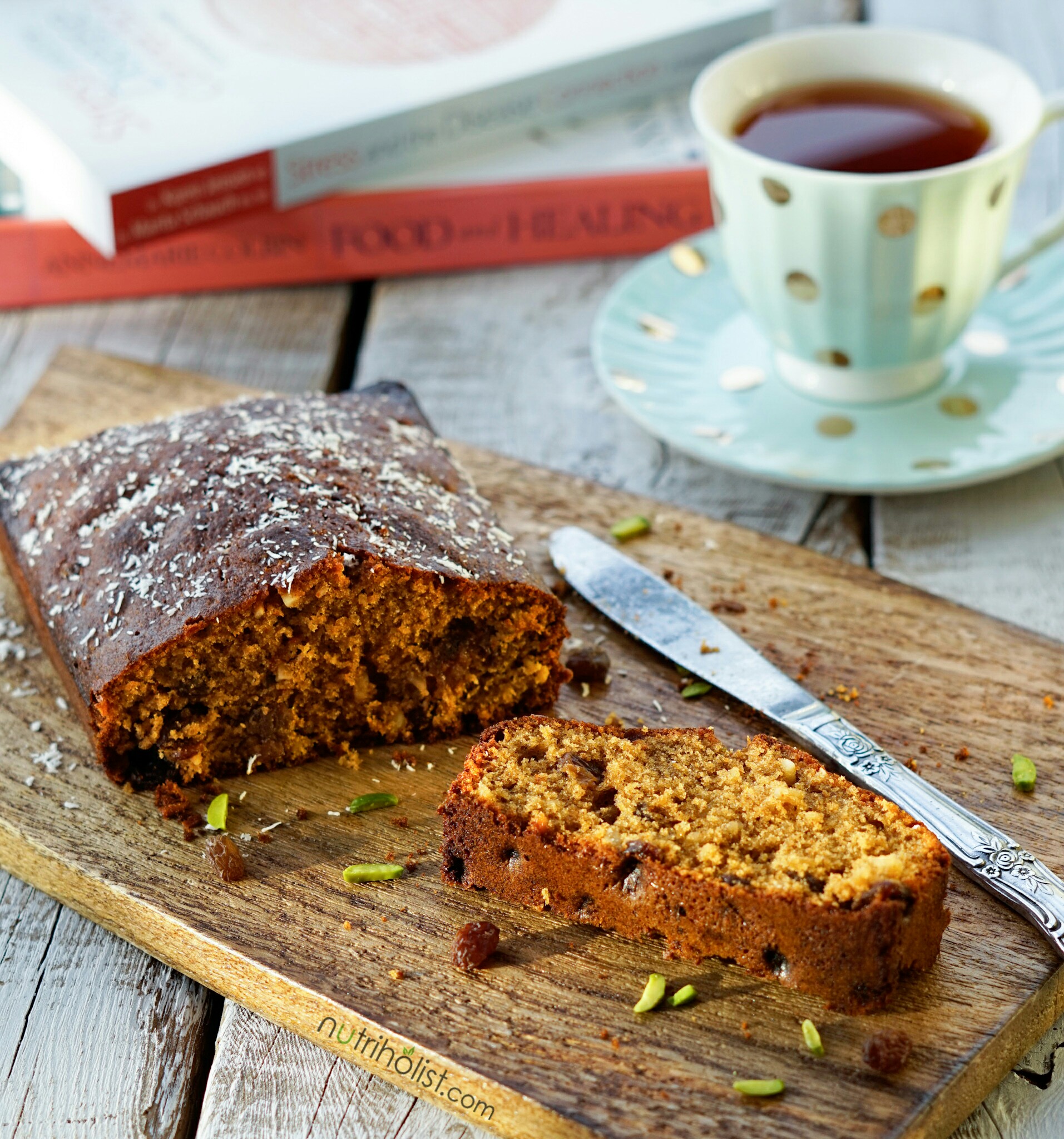
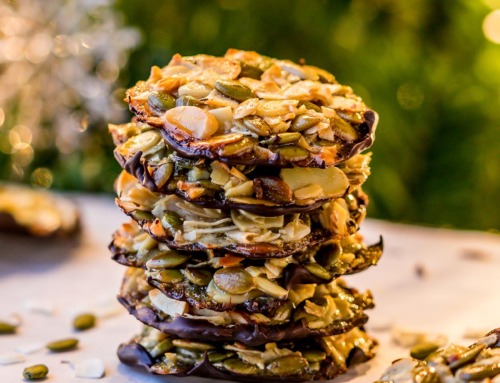
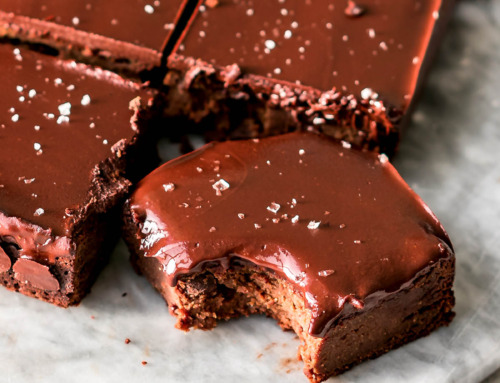
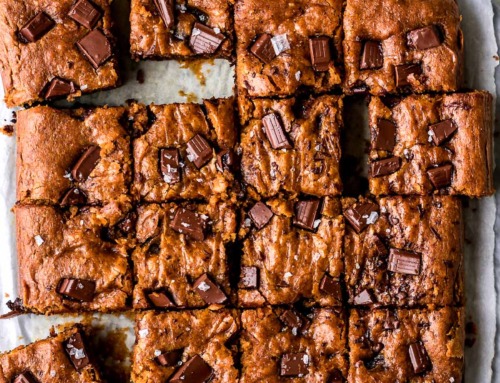
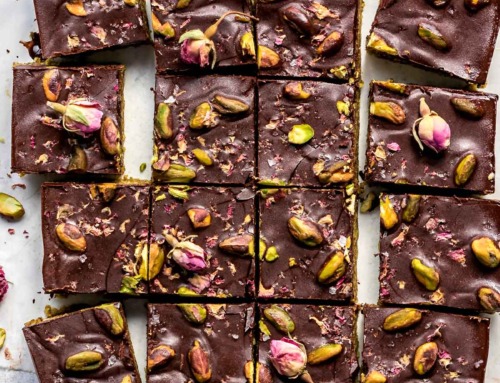
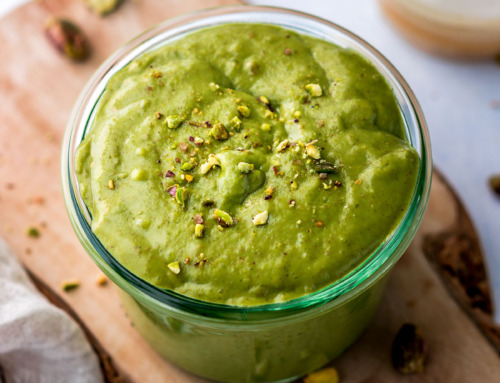
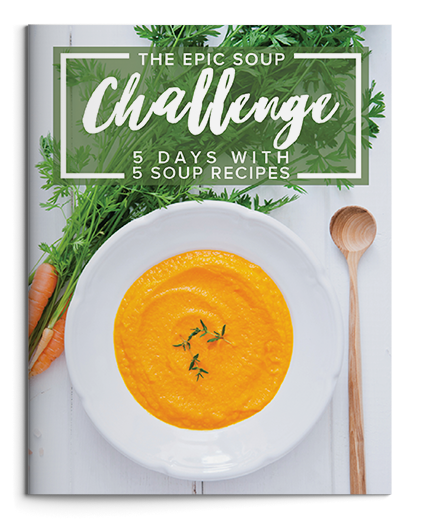
Leave A Comment